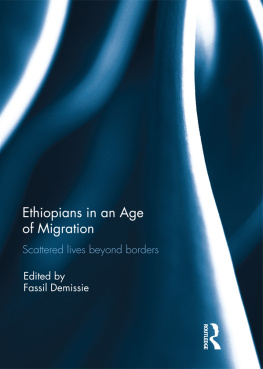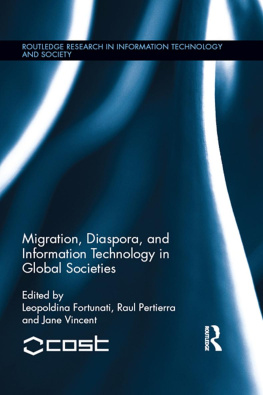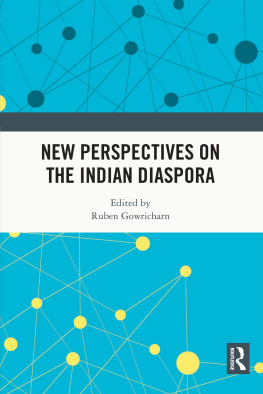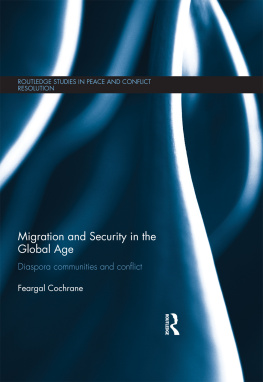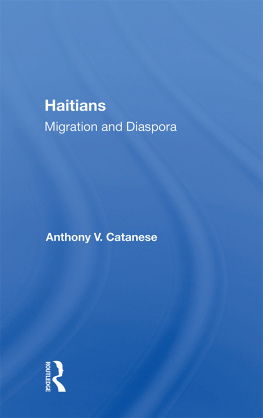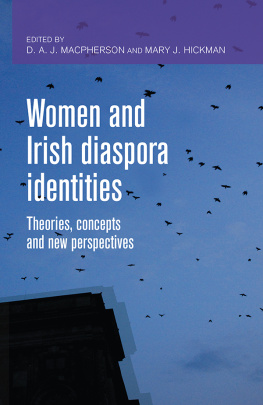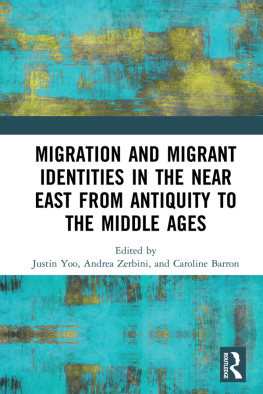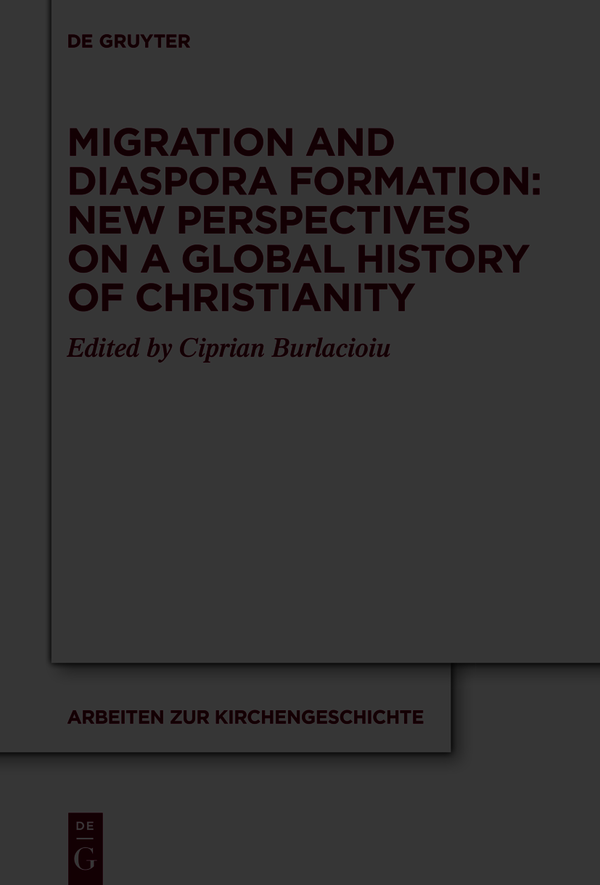Migration and Diaspora as Elements of a Future Global History of Christianity. A Plea for an Enlarged Perspective
Migration and the Current Shape of World Christianity
The main issue this book seeks to address is the question whether and to what extent migration and diaspora formation should be considered as elements of a new historiography of global Christianity. This argument takes into account the dramatic changes Christianity as a World Religion has experienced in recent times and also opens new perspectives in reflecting upon earlier epochs.
These dramatic changes refer to what has been labelled as a shift of centres of Christianity from the Northern hemisphere (Europe and North America) to the Global South. and other global Protestant denominational bodies.
The reasons for this dynamic are diverse but two of them deserve to be mentioned here. On the one hand, population in regions of the Global South exploded. On the other hand, contrary to predictions from the colonial era, Christianity expanded after the decolonization era in an unexpected rhythm in some of these regions, intensifying the effect of the general demographical growth. This was the case in sub-Saharan Africa, and in countries like Korea and the Philippines.
One element of particular interest in the general picture of this next Christendom the title of a seminal book by Philip Jenkins in European societies now regarded as secular. This manifests itself not only among Protestant and charismatic communities but in the Roman Catholic Church as well, which is covering the shortage of its clergy by employing for example in Germany thousands of priests and capelans from Asia (very often from India) or different African countries. Not only has the global map of Christianity changed dramatically during the last 50 years (with a new and unprecedented presence, for example, in the Gulf states, as result of the influx of a labour force from such places as the Philippines), but Islam has also experienced remarkable changes, due to its spread through migrants.
The role of migration for Christianity as a world religion during recent decades has drawn considerable attention from scholars, especially those from the English-speaking academic world. Book titles like Christian Theology in the Age of Migration. Implications for World Christianity, These and other similar titles emphasize that migration has come to be regarded as one of the most important features if not the defining feature of this age.
The current migration has different elements, and thus a different profile, from those of earlier times. Over the last 50 years long-distance migration has increased enormously. In contrast with developments in the previous 500 years, Europe is no longer the main source of global migration and the starting point of colonial overseas settlement enterprises and has become a receiving area. Globalization has led to a situation where a steadily increasing number of people from anywhere have migrated to everywhere in a transregional and transcontinental manner. This was facilitated by considerably improved conditions of travel and communication and low-cost air travel. Long-distance migration ceased to be a single lifetime experience and one-way movement. A migration experience became often the first step in a series of back-and-forth movements during the lifetime of many individuals.
In addition to the new character of the current migration, there is increasing interest in it in political and civil society circles. States, political bodies (such as the EU) and international organizations have an interest in controlling migration. Uncontrolled immigration is seen as a challenge for state boundaries and nation-states are increasingly concerned about the growing transnational communities of people diasporas having allegiance to foreign countries. Global migration has forced regional and international politics to adopt new forms of collaboration.
Church history as an academic discipline, however (especially in the German-speaking world and particularly in the Protestant context), has so far paid only limited attention to these changing realities which can no longer be with transregional mobility and interactions will enrich the perspective.
A global history of Christianity aims to integrate local histories on a larger map and to contextualize particular dynamics in a broader framework. Migration as a spatial movement of people with the intention to resettle on a temporary or a more permanent basis has many reasons and takes many forms. And the phenomenon of diaspora, as currently debated in contemporary academic discourses, is highly complex and diverse. The constraints of this volume will not allow a systematic and comprehensive discussion of every form of migration and diaspora.
The case studies included therefore have to be considered merely as hints and examples for an ecclesiastical historiography that will enlarge its criteria of selection in a systematic manner. What would a global history of Christianity look like if it was not interested only in confessional paradigms, the conditions of religious communities in different political, social, and cultural settings, hierarchies, doctrines, institutional structures, forms of fellowship or worship etc., but also in asking how the religion of people was influenced by experiences of disruption like migration and the conditions of diaspora? Migrants are mostly regarded as a peripheral element and generally considered only in their exotic character. But the general awareness of migration and diaspora has increased since the Second World War, with its huge problems of displaced persons.
Nevertheless I assume, as a working hypothesis, that migration and diaspora formation were not always and everywhere crucial in the history of Christianity, but in certain places and at certain times complementary or even only peripheral to crucial factors in the life of religious communities. Thus, for a balanced picture, it is fundamental to determine the scale of their importance for the History of Christianity as an academic discipline. The following remarks are not intended to map a possible field of migration and diaspora studies in the discipline of Ecclesiastical History in a comprehensive manner, but to make only few references to the obvious potential of these issues.
Migration in Current Ecclesiastical Historiography
In spite of the fact that transnational, transregional, and global perspectives have become quite dominant in recent historical studies, Church History as an academic discipline, especially in the German-speaking Protestant context has been quite slow to respond to these new developments. Roman Catholic Church historiography, on the other hand, has always been more universalistic in outlook but has usually paid only limited attention to the denominational plurality and non-Catholic sections of the Christian tradition. It has been primarily Early Church History (due to its inherent ecumenical perspective) and the new subfield of History of World Christianity (flourishing especially in anglophone academia) that have developed a genuine interest in overarching transregional and transcultural perspectives.


